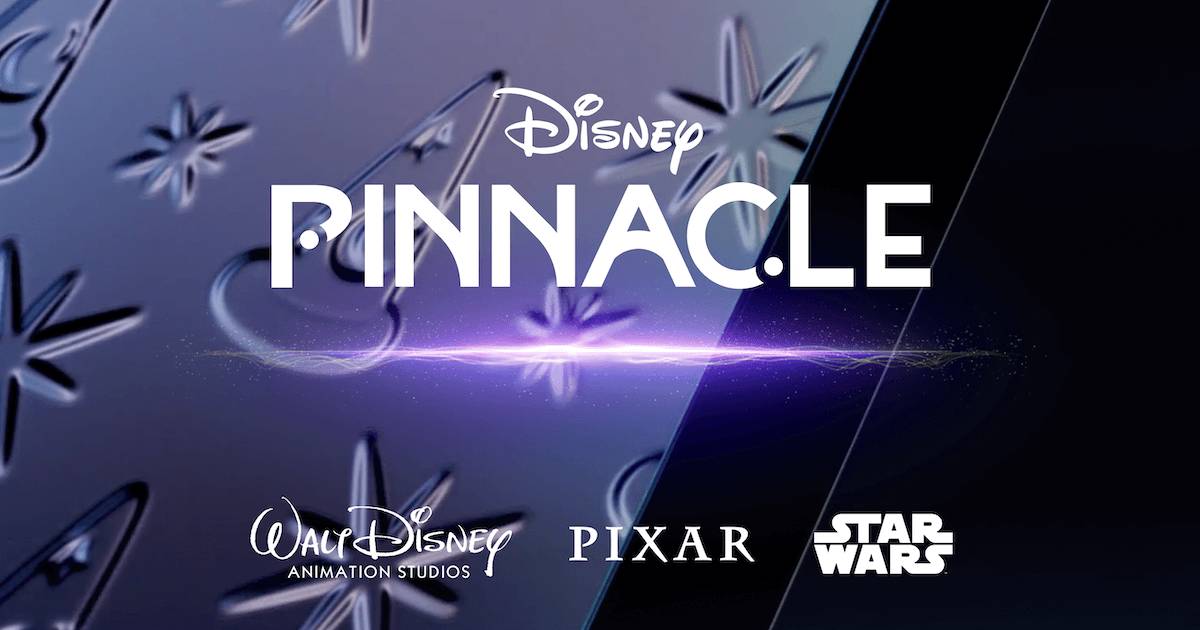
NFTs Search for New Footing
By Mark Seavy
Following their collapse in value, NFTs are searching for new footing in licensing.
The height of the NFT craze saw brands rush to stake new trademark claims and ward off would-be infringers. This rush was complicated by the fact that technology had jumped ahead of branding and trademark protection, posing a challenge for the licensing industry. But there was also excitement as a new investment vehicle emerged. For example, the artist Beeple sold an NFT version of his work for $69 million in 2021.
The market for NFTs has since declined dramatically. Weekly trading volumes between August 2021 and April 2022 often reached between $750 million and $1.5 billion. But the average price of token sales dropped 92% between 2022 and 2023 (to $293 from $3,984), according to the research firm Chainalysis. A study of more than 73,000 NFT collections found 95% were virtually worthless and that the most common price for NFTs was between less than $100, according to research firm dappGambl.
That’s a stark departure from the heady days when celebrities like Stephen Curry, Snoop Dogg, and Tom Brady were promoting NFTs. Brady formed Autograph to help celebrities sell NFTs and raised $170 million to fund the company. But the collapse of the now-bankrupt FTX exchange that provided Autograph’s trading platform led to investor lawsuits and the layoff of 50 employees in May. That was followed by the shutdown of Recur, a one-time Nickelodeon and Hello Kitty licensee that raised $50 million, in August. Nifty, which had licenses for the original Space Jam movie, Looney Tunes, and The Matrix franchise, closed the same month. Yuga Labs, which developed the Bored Ape Yacht Club token that spawned multiple licensing deals, laid off workers in October. Yuga’s royalty revenue declined to $2.5 million in Q3 (down from $8.7 million in Q1).
“I am not seeing any excitement, energy, or new people coming into the market and I haven’t done an NFT deal in about a year,” said Jed Ferdinand, Senior Managing Partner at Ferdinand IP Law Group. “The valuations are a fraction of what they were and a lot of the deals my clients did I am not sure the drops happened, didn’t return the expected value, or were pulled altogether. I would love to say NFTs will come back… but there were some bad players in the market and there was a lot of fraud. That hurt the market when people couldn’t have faith in what they were buying.”
In the licensing world, the NFT deals that are still being inked are largely limited-time offers with less risk or pairing NFTs with physical products to increase value.
For example, NASCAR struck an agreement with Wax Blockchain earlier this year to release limited-edition NFTs. Disney recently announced the new Pinnacle collectible experience, which will turn characters from the likes of Pixar and Star Wars into tradable digital pins. And NFT firm VeVe worked with Marvel and Funko to develop an Iron Man NFT that was packaged with an 18-inch collectible figure and sold in November in a limited run of 3,000 units at $150 each.
“The collaboration allows VeVe to transcend digital barriers by offering a physical counterpart to digital collectibles,” VeVe CEO David Yu said. “Funko’s pedigree in the collectibles space shows how to constantly engage fans in a way that makes each experience unique.”
And beyond those limited-time deals, some other NFT activity has revived in recent months in anticipation of the expected approval for a U.S.-listed spot bitcoin exchange-traded fund, according to a recent research report from JP Morgan.
“There is some optimism that the worst might be behind us in terms of medium-term trajectory for NFT activity,” the report said.
Ultimately, the use of NFTs as an investment is merely a prelude to a broader purpose, according to Alun Evans, CEO of Web3 infrastructure developer Freeverse.
“NFTs are tradable, and like all tradable assets (gold, oil, art) they can function temporarily as an investment or store of value,” Evans told FinTech. “However, this should not be the primary use case going forward. The power of tokenization of assets is to generate liquidity in an area where this was not possible previously. And the value of the NFTs should depend on their utility (where and how they can be used) instead of their scarcity.”

















